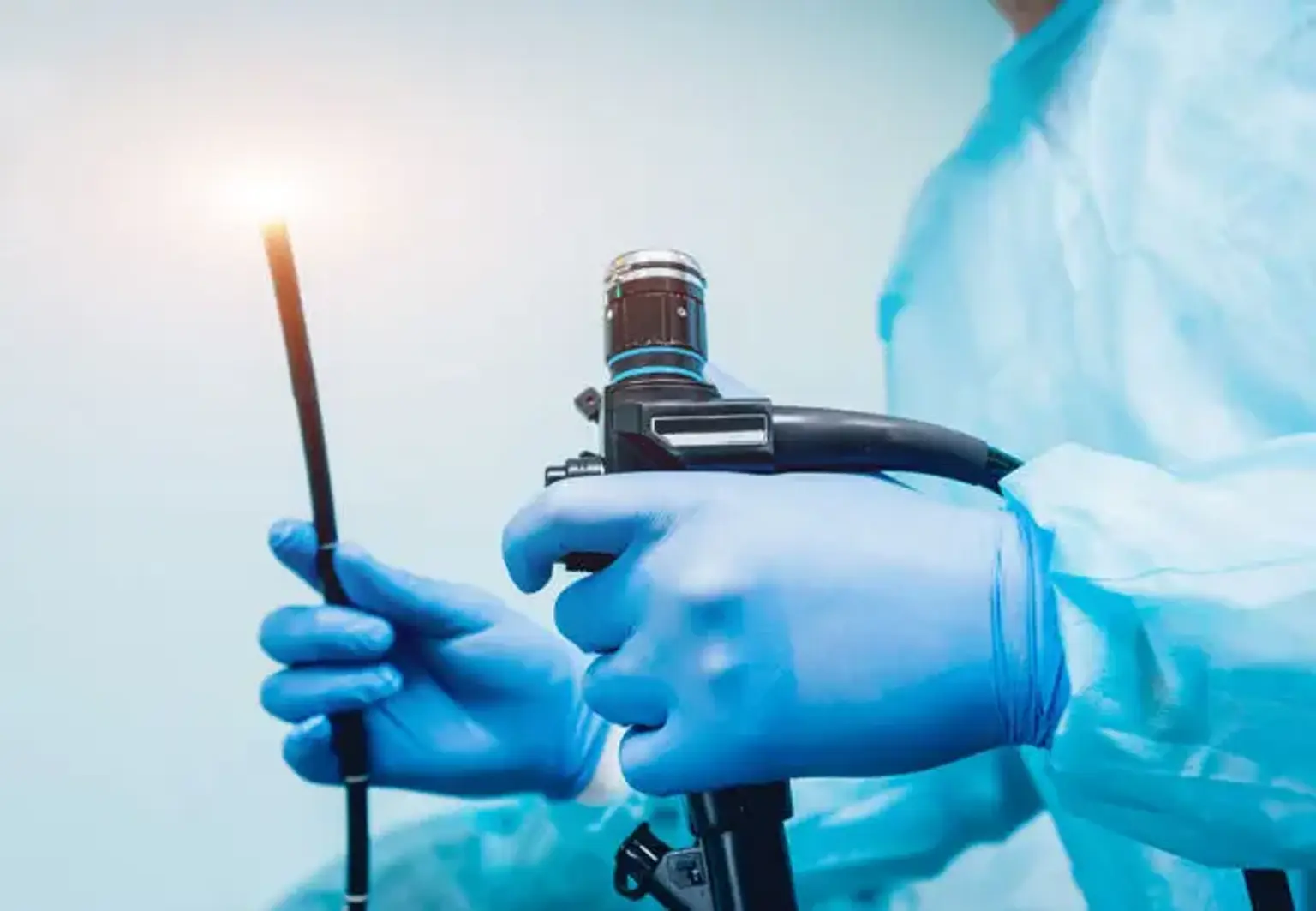Colonoscopy
Overview
A colonoscopy is an important tool in today's medicine. Because of its adaptability and utility, it is a critical life-saving technique in both the short and long term. It can be used to treat sigmoid volvulus, gastrointestinal hemorrhage, and colonic impactions, among other oncological and non-oncological disorders. Colonoscopy screening is critical for detecting and treating early colorectal cancers. It is used to guide steps in oncologic treatment, such as surgical intervention planning.
